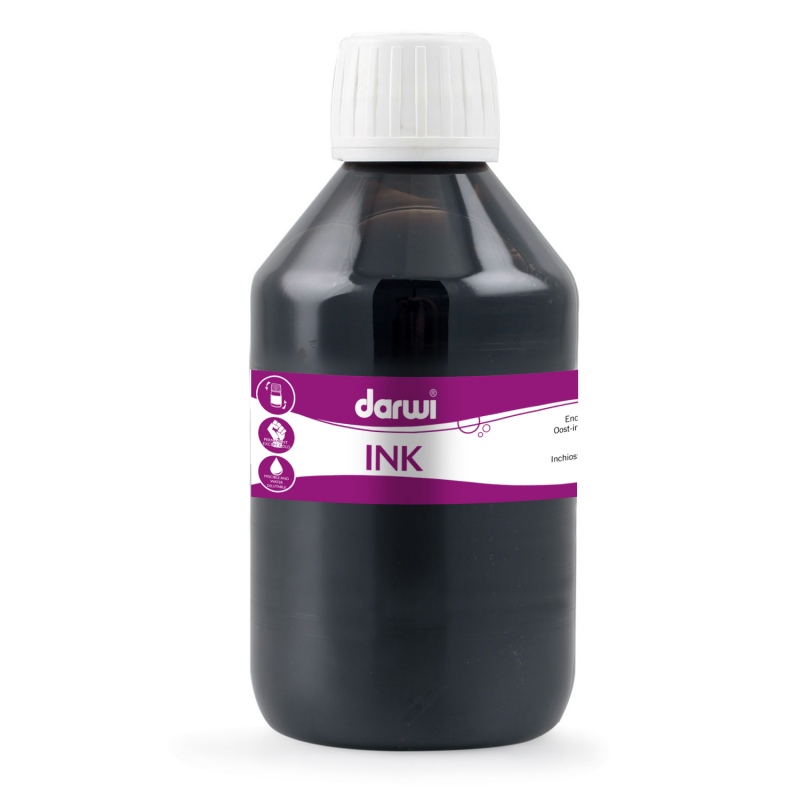

…With the addition of a little gum arabic, this will make a fine traditional ink that will not fade even on prolonged exposure to light. Wood staining using India ink Speedball Super Black India Ink. Ive only messed around with them as a hobby and nothing ever professionally though. Leave on a sunny windowsill for a week, by which time you will have ink. “Here is a simple recipe for making ink: place half a dozen oak galls into half a jam jar of rainwater. I included a link for a walnut ink recipe. At the time, I used rusted tin cans and/or small pieces of rusted junk from an auto wrecking yard. In place of the above recipe, black India ink may be used. Personally, Im not fond of India ink, even in pens (I do calligraphy). Also, thinning the medium will help it flow more evenly. Your medium (the stain or paint) should dry slowly enough that it levels before skinning over or drying. But I looked online and found these recipes. White maple may be used if apple, cherry, or pear are not to be had. Painting/staining with a brush is part art, part science. It just never occurred to me to look for walnut ink. The india ink is super and thus surface tension can keep you from getting into some grain features.

Ink will not be seen when painting is finished. India ink stain testing has historically been used for this purpose, but India ink staining yields a positive result in only 60 of cases of culture-proven infection (Butler et al., 1964). I remember my mother putting my name on all my clothes with that stuf when I was a youngun… I was thinking of India Ink.Dont know why but as I remember it, it was permanent. Fac - similes - Glue - To fasten knife - handles- Poison in rooms. They failed to state what it was in the videos. India ink - Silvering- Staining wood and ivory - Blacking - To gal- vanize. They say it seals it really well and you can see the drawing thru a couple of layers of paint. Flood, Ann Barry Wood, Victoria A Swartz, Harold M. Then they use a light wash of raw umber or burnt umber thinned. Using India Ink as a Sensor for Oximetry: Evidence of its Safety as a Medical Device. THey gesso the panel with 3 coats of gesso then they draw out the subject then go over it with a black ink with a fountain pen or nib pen. I have seen a couple of videos that the artist uses ink. I was wondering if anyone else on here uses ink. Here's another link with further info on both HAPS and VOC which you may find helpful.I am going to start using Ink for my drawing on wood panel. And the issue of toxicity can be answered by a close review of that manufacturer's data sheet which is found here., which show zero HAPS (hazardous air pollutants) and 41 grams of VOC per litre (that's less than half of the allowed amount to be labled as a low VOC finish). but then I don't have a very good sense of smell. I came across this article about finishing tips with India ink.If the is a huge stain you will likely need to repeat the process again. Repeat the process until the ink stain is completely removed from wood. Then, rinse off the rag you just used to clean the floor. Check the wood out to see if most or all of the stain is gone. I know that I couldn't smell anything once they had cured. Use a soft cloth dampened with water to remove the paste from the wood surface. You’re ready to stop rubbing when the cloth slides over the wood with ease.
#INDIA INK STAIN WOOD PROFESSIONAL#
Included in the hundreds of pieces of furniture I made over my professional and subsequently retired woodworking life, I've made two beds (a king-sized bed in cherry veneer and solid cherry and a queen-sized bed also in cherry) finished both in Target Coatings waterborne lacquer and neither of the clients mentioned anything about smell. India ink, like other stains, can be used to determine if cells. I've got to say that I've never run into a client who commented on the smell from most (the polyurethanes perhaps a bit) waterborne finishes after they've completed their manufacturer's stated 120 hours curing time. The background is dyed, but the creature remains transparent.


 0 kommentar(er)
0 kommentar(er)
